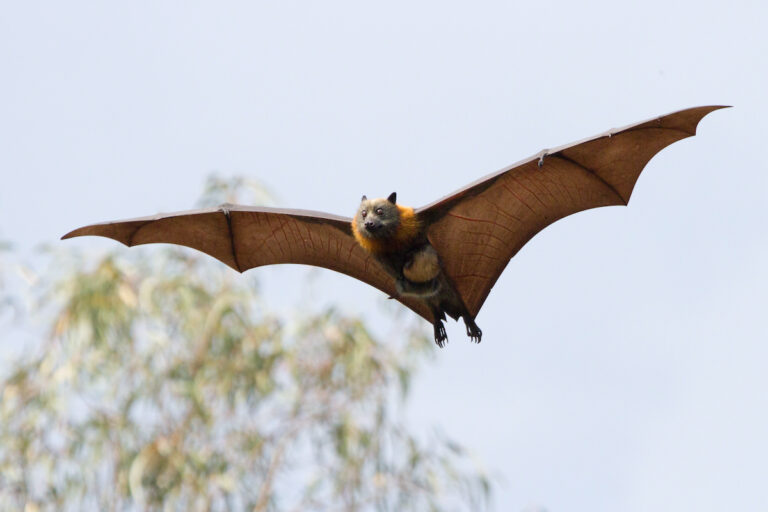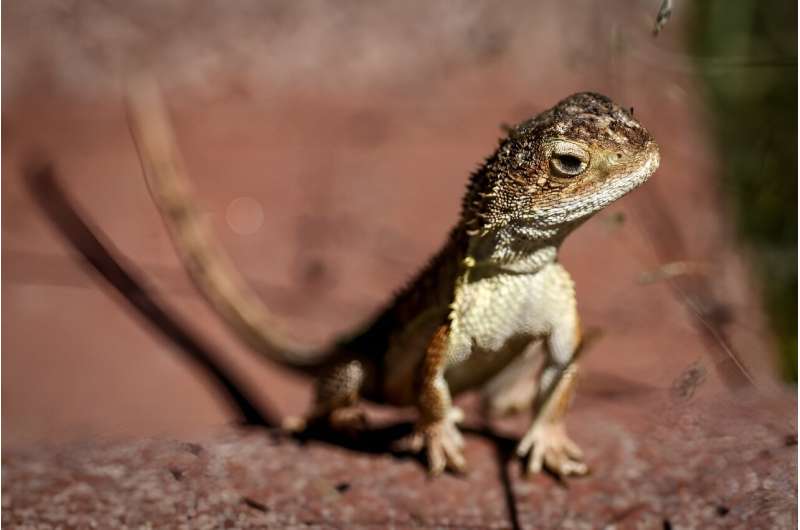The yearly travel plans of birds up and down Australia‘s east coast have been revealed for the first time, using the same tool that tracks the weather – a development experts say could have “profound” implications for conservation as more windfarms are built.
Scientists have used weather radars to show that bird migration across eastern Australia occurs in structured patterns. While many Australian bird species are known to be seasonally migratory, scientists previously did not know to what extent a distinct system existed.
New research, published in the journal Current Biology, used years of radar data to determine two pulses of bird migration across the east coast – northwards from January to June and southwards from July to December.
In autumn, there were on average 60,000 migrating birds per kilometre each year, the researchers found using data from 2018 to 2022.
Shi Xu, the study’s lead author and a PhD candidate at the University of Queensland, said weather radar can “observe how birds, insects or bats take flight to the air and move in the airspace”.
“It quantifies the amount of movement that happens in the area, just like it measures the amount of rainfall.”

The team used complex mathematical modelling to eliminate insect and flying fox movement from the data.
The study’s co-author Prof Richard Fuller, also of the University of Queensland, said: “There’s a wave of migration that comes out of Victoria and Tasmania and up the east coast, as far as the southern border of the tropics.”
Understanding bird migration pathways in Australia was a “hugely important and urgent issue” in the context of windfarms being developed, Fuller said.
“Queensland and Tasmania are intimately connected by birds that are moving between those places and across many of the landscapes in between, so we’ve got to have a joined up conservation effort.”
In contrast to bird migration in the northern hemisphere, which is predominantly nocturnal, the researchers also found significant levels of daytime migration, which they say may be unique to Australia.
Sean Dooley, the national public affairs manager of BirdLife Australia, who was not involved in the study, said the research showed variability in the timing and direction of migration, which appeared to be partially driven by differing climate conditions between seasons.
He added the “promising field of study” may have profound implications for renewable developments along flyways, including in the Great Dividing Range and coastal areas such as Bass Strait.
While weather radar can provide information on the numbers of birds flying, it cannot identify individual species. The researchers next plan to triangulate radar data with sightings logged by citizen scientists on birdwatching apps, to better understand what and where species are migrating.
Such information could have implications for threatened birds such as the orange-bellied parrot and the swift parrot, Dooley said. “More detailed studies could help protect other partially migratory mainland species such as the critically endangered regent honeyeater,” he added.
This article by Donna Lu was first published by The Guardian on 27 October 2024. Lead Image: In flight: a short-tailed shearwater, a migratory species that breeds in Tasmania and migrates north. Photograph: Wildscotphotos/Alamy.
What you can do
Help to save wildlife by donating as little as $1 – It only takes a minute.







Leave a Reply